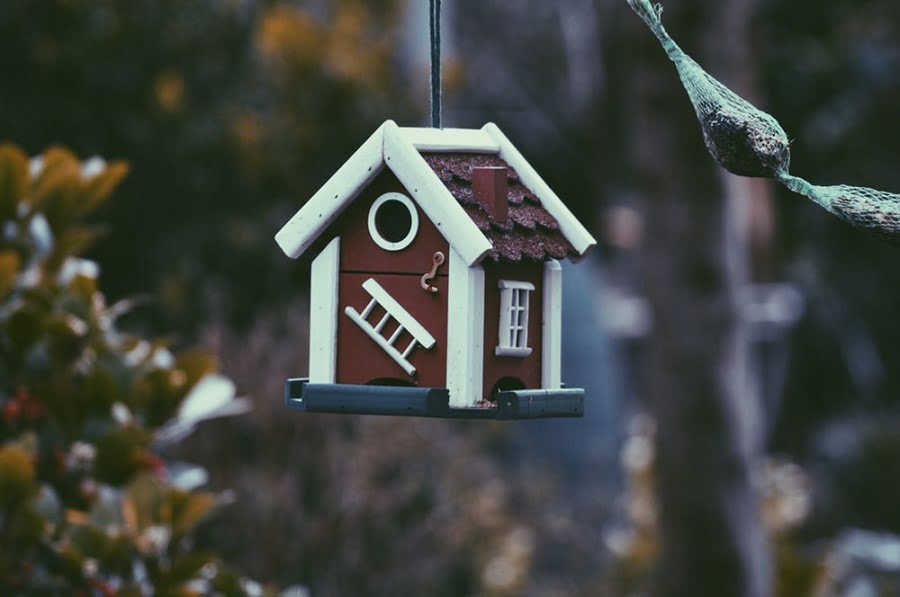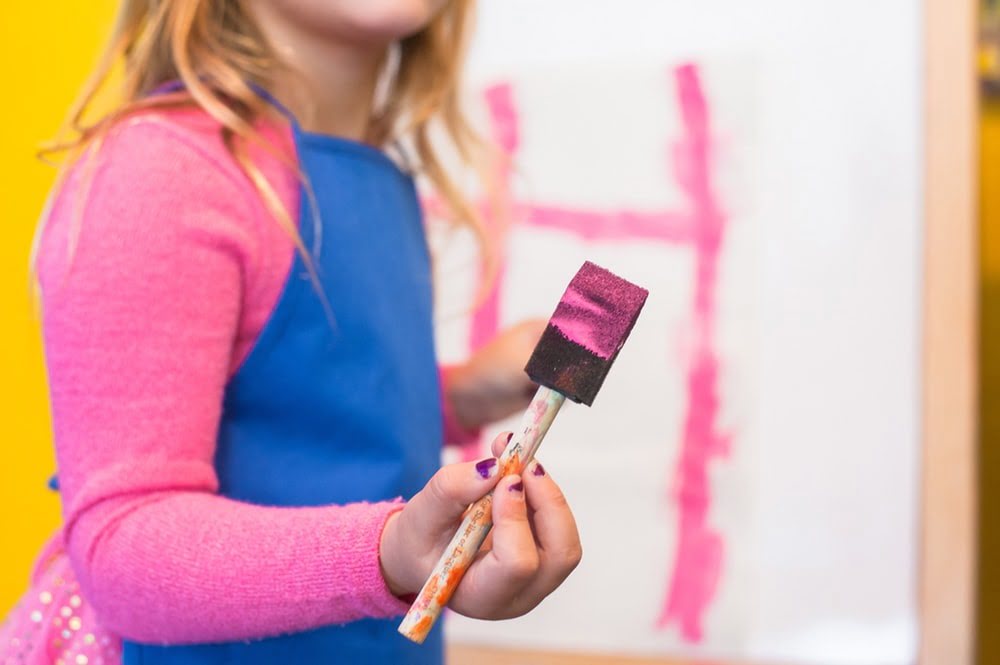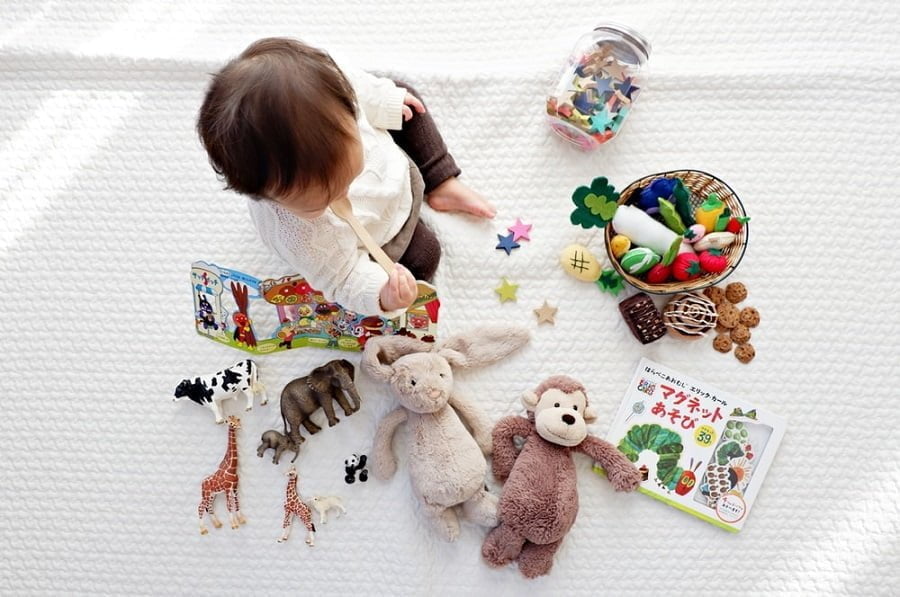Last updated on
DIY projects are something you should be able to enjoy as a family! Sharing your hobbies with your children is a great way to bond with them and to teach them new skills. While getting your kids involved might sound nice in theory, getting them involved in reality might take some time. They might be reluctant to participate or you might be reluctant to let them have control.
If you want to share your love of DIY projects with your kids but are struggling to know where to start, the following tips can provide you with some guidance.
Give Them Appropriate Tasks

If you’re completing a large DIY project, such a room renovation, you’re going to need to delegate tasks based on your child’s age. Younger kids can help with projects such as sanding wood with sandpaper, painting the first coat of paint, or helping sweep the work area.
Older kids may be able to help with tasks that require more coordination. Whenever you start a large project, brainstorm various tasks your child may be able to help with. The more involved they are with the project, the more enjoyable it will be for them!
Let Them Pick

One of the best ways to get your child to enjoy DIY projects is to let them have a say in what they want to do. Ask them what type of project they want to work on. A nature-loving kid might decide that they’d rather build a birdhouse instead of building a bookshelf.
If you already have a large project in mind, decide if there is some aspect of the project that they can have control over. For example, if you’re painting the living room, pick out several colors you’re considering and then have them decide on the final color. If you plan to work with your kid on building a cool model train + city, make sure to show your kid some cool templates of ho scale buildings and ho trains, so they can choose the models they love.
Go Over Safety Guidelines

Going over safety basics before beginning a project helps protect your child. If you have experience working with tools, you’re already aware of the basics. Your child, however, will need to be taught these rules. They’re not going to intuitively know that electrical equipment shouldn’t get wet or that they should wear safety goggles while sanding.
Be patient and keep these lessons appropriate for their age and the tasks they’re completing. They don’t need to know about woodworking safety if all they’re doing is painting.
Find the Right Tools

Kids can be taught how to safely use hand and power tools. However, some accommodations might need to be made. There are child-size versions of most hand tools that are specifically designed to teach children how to safely use tools. Instead of handing your child the same saw that you work with, hand them one that is their size and teach them to use it. When working with power tools, look for ones that your child can safely control.
For example, instead of using a hand drill, allow them to use a stable drill press that comes with multi-adjustable speed. Always supervisor your child when they’re learning how to use hand and power tools.
Supervise, Don’t Hover

Part of the challenge of getting your kids to enjoy DIY projects is giving them the freedom to be independent. You don’t want them getting hurt, but you also don’t want to constantly be hovering over their shoulders and telling them what to do. You can quickly destroy your child’s enthusiasm over a project is you dictate their every action.
Teach them how to safely use tools and provide guidance on how to complete a task. At some point, however, give your child the freedom to complete the task themselves. Remember — making mistakes is a normal part of the learning process!
Have Fun

If you want to get your child to stay involved with DIY projects, have fun with them! Let them experiment with their ideas (even if you have your doubts). Laugh with them when things get silly. Don’t get angry over mistakes. Remember that they’re still learning how to complete tasks. Don’t stress them out by expecting them to be perfect. Yes, things will get messy. Yes, projects will take longer than if you did them by yourself. But the memories and skills that your child will gain will last a lifetime.
Getting your child involved with DIY projects means finding a balance between safety and fun! It is never too early to start having your child help you with projects, as long as you teach them how to properly utilize tools and give them age-appropriate tasks.
Recap




